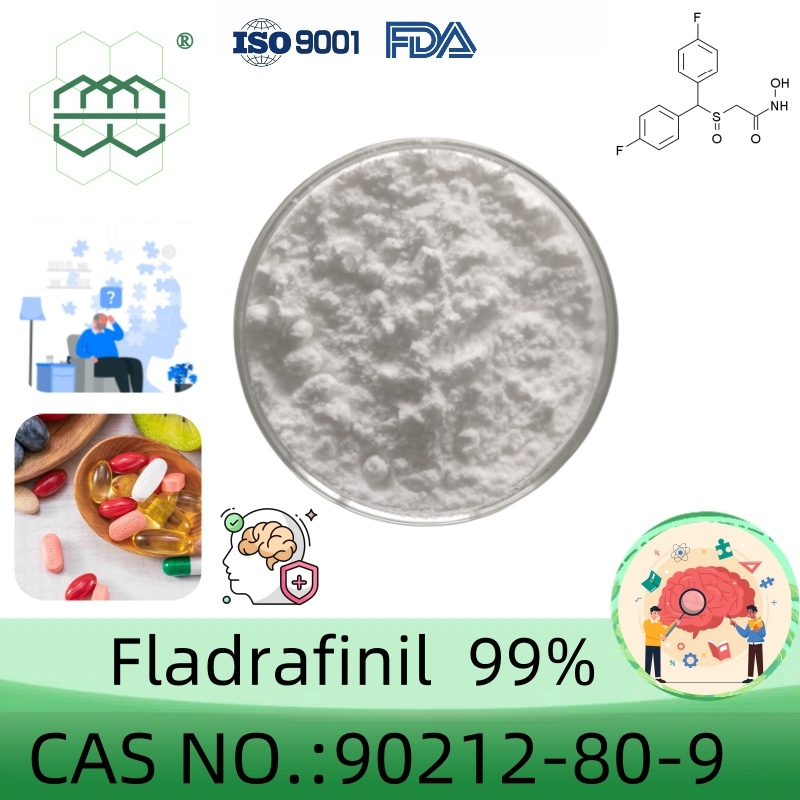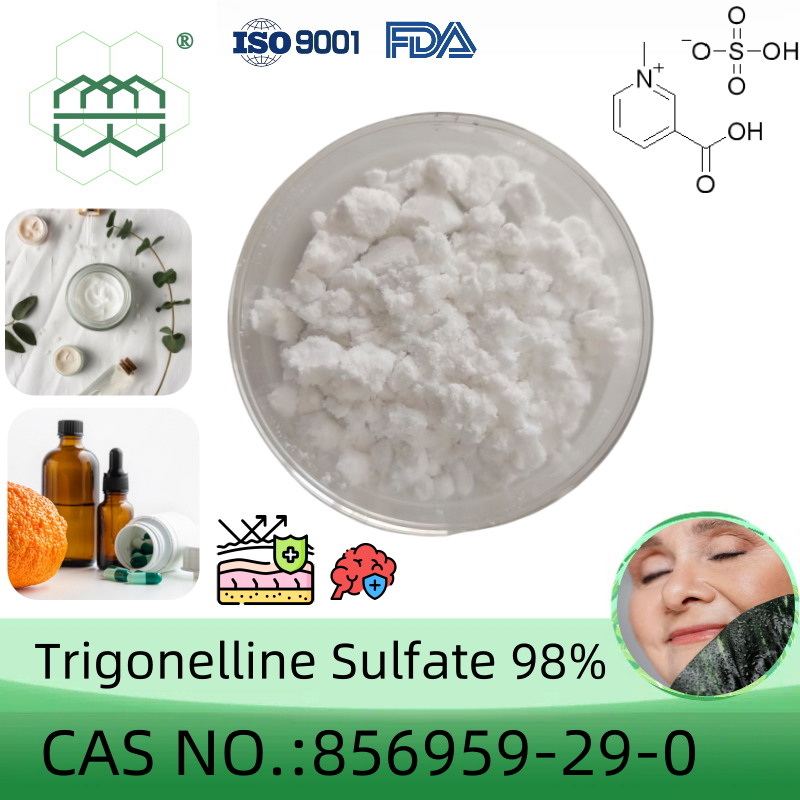-
Categories
-
Pharmaceutical Intermediates
-
Active Pharmaceutical Ingredients
-
Food Additives
- Industrial Coatings
- Agrochemicals
- Dyes and Pigments
- Surfactant
- Flavors and Fragrances
- Chemical Reagents
- Catalyst and Auxiliary
- Natural Products
- Inorganic Chemistry
-
Organic Chemistry
-
Biochemical Engineering
- Analytical Chemistry
-
Cosmetic Ingredient
- Water Treatment Chemical
-
Pharmaceutical Intermediates
Promotion
ECHEMI Mall
Wholesale
Weekly Price
Exhibition
News
-
Trade Service
Cross-border partnerships between bacteria and fungi can lead to the combination of the two to form a "superorganism"
with unusual strength and resilience.
It may sound like something in science fiction, but these microbiomes are a very important part of
the here and now.
These combinations, found in the saliva of young children with severe tooth decay, can effectively colonize
the teeth.
A team of scientists led by scientists at the University of Pennsylvania School of Dentistry say they are stickier, more resistant to antibiotics and harder to remove
from teeth than bacteria or fungi alone.
In addition, the team reported in the Proceedings of the National Academy of Sciences that although each microbe is inherently inactive, these combinations unexpectedly grow "limbs," pushing them to "walk" and "jump," and rapidly spreading
across the tooth surface.
Hyun (Michel) Koo, professor of dental medicine at the University of Pennsylvania and co-corresponding author of the paper, said: "This began with a very simple, almost accidental discovery when we looked at saliva samples
from young children with severe tooth decay.
" "Looking under the microscope, we noticed that bacteria and fungi formed these combinations and developed movements that we never thought they would have: 'like walking' and 'like jumping' fluidity
.
" They have a lot of what we call "emergency features" that give the combination new benefits
that they can't achieve on their own.
It's almost like a new creature with new features—a supermob
.
”
Better (or worse) together
In the past, Koo Chaoming's lab has focused on dental biofilms or dental plaque in children with severe tooth decay, and found that bacteria — Streptococcus metamorphosis and fungi — Candida albicans — are both contributing to
the disease.
Caries, often referred to as tooth decay, creates acidic plaque that destroys tooth enamel when sugar residues from the diet nourish bacteria and fungi in the mouth
.
The new series of discoveries comes from Koo Yong-jung's team of postdoctoral fellows Renzhi (transliteration), who uses microscopy techniques to enable scientists to visualize the behavior of living microbes in
real time.
The technique "opens up new possibilities for studying the dynamics of complex biological processes," said Ren, the paper's first author and first member
of the NIDCR T90R90 postdoctoral training program at the University of Pennsylvania's Center for Innovation and Precision Dentistry.
After seeing the bacteria-fungal clusters that appeared in the saliva samples, Ren, Koo and colleagues were curious about how these groups would behave
when they attached to the tooth surface.
So a series of experiments was initiated, using a real-time real-time microscope to observe the process of
attachment and final growth.
They created a laboratory system to recreate the formation of these combinations, using bacteria, fungi and a tooth-like material, all of which hatch
in human saliva.
The platform enables researchers to observe these groups coming together and analyze the structure
of the resulting combinations.
They found a highly organized structure in which clusters of bacteria attach to a complex network of fungal yeast and filamentous protrusions called hyphae, all of which are enclosed in extracellular polymers, a glue-like substance
.
The team then tested the properties of these trans-kingdom combinations on the tooth surface, finding "surprising behavioral and sudden properties," Ren said, "including enhanced surface adhesion that makes them very sticky, increases mechanical and antimicrobial resistance, and makes them difficult to remove or kill
.
" ”
Perhaps the most interesting feature of these combinations, the researchers say, is their fluidity
.
Ren said: "While they continue to grow, they also show 'jumping' and 'walking' movements
.
"
While some bacteria can propel themselves with appendages such as flagella, the microbial species currently under study are immobile
.
Unlike any known microbial movement, these combinations utilize fungal hyphae to hold on to the surface and then push the entire superorganism forward, transporting the attached bacteria across the surface, Koo said, "like a bacterium hitchhiking on
a fungus.
" ”
The researchers found that the microbiome moved fast and far
.
On a tooth-like surface, the team measured speeds of more than 40 microns per hour, similar to the rate of fibroblasts, a type of cell
in the human body involved in wound healing.
In the first few hours of growth, scientists observed these combinations "jumping" more than 100 microns
on the surface.
"That's more than 200 times their body length," Ren said, "and they're even better than most vertebrates in terms of size
.
" For example, tree frogs and grasshoppers can jump 50x and 20x their own body length
, respectively.
”
Although the exact mechanism is unknown, the researchers say the ability of these combinations to "move as they grow" has one obvious consequence: it allows them to quickly settle and spread on new surfaces
.
When the research team had these combinations attach to and grow on real human teeth in a lab model, they found that tooth decay ranged more widely
due to the rapid diffusion of biofilms.
Disease treatment and biology
Because these combinations are present in saliva, targeting them early on could be a therapeutic strategy to prevent tooth decay in children, Koo said
.
"If you stop this combination or destroy the combination before it reaches the tooth and causes damage, it can be a preventive strategy
.
"
In addition to being applied to the treatment of this particular disease, the researchers say, the new findings may also apply to microbial biology in
general.
For example, aggregated organisms found in other biological liquids or aquatic ecosystems may likewise promote colonization and growth on surfaces, causing infectious diseases or environmental pollution
.
"We see these two very different organisms come together to become a new organismal entity that gives each individual cell additional benefits and functions
that it does not have," Koo said.
The team notes that these findings could even explain the evolution of reciprocal symbiosis and multicellular organisms, which can enhance the survival and growth
of individual organisms when they come together in a given environment and work together as one.
Knut Drescher of the University of Basel, co-corresponding author of the paper, said: "The discovery of this 'bad guy' superorganism is really groundbreaking and unexpected
.
" "No one would have predicted that
.
Chi stumbled upon this
while keeping an open mind.
”







